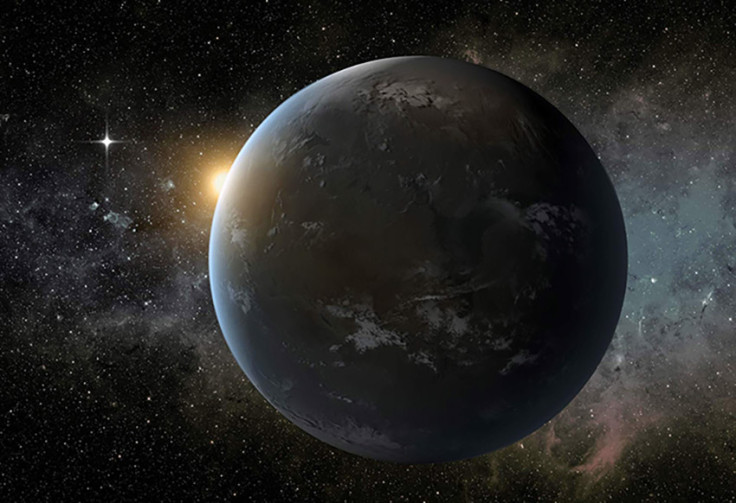The hunt for alien life on nearby exoplanet Wolf 1061c has begun
Astronomer Stephen Kane analyses a potentially habitable planet just 14 light years away.

The search for aliens on a nearby exoplanet has started, with astronomers examining Wolf 1061c to see if it has the potential to sustain life. Stephen Kane and colleagues have found the rocky planet – just 14 light years away – is within the habitable zone and could be cool enough to support extraterrestrial life forms.
The Wolf 1061 Planetary System, in the constellation of Ophichus, was first discovered in 1919.
Its star is an M class red dwarf and has three known planets, of which one sits in the habitable zone – the region where it is thought liquid water could exist (in that it is not too hot and not too cold).
To explore Wolf 1061c's life-sustaining potential, the team from San Francisco State University took a closer look at the star it orbits. Their findings are due to appear in the next issue of Astrophysical Journal.
"A critical component of exoplanetary studies is an exhaustive characterisation of the host star, from which the planetary properties are frequently derived," they wrote. "Of particular value are the radius, temperature, and luminosity, which are key stellar parameters for studies of transit and habitability science."

By analysing the star for its temperature, luminosity and energy they were then able to work out what the conditions would be like on Wolf 1061c. They showed the planet sits on the inner edge of the habitable zone, so may have undergone a "runaway greenhouse effect" – similar to what happened on Venus. Heat got trapped within the planet's atmosphere making the surface of the planet around 470C.
However, they also found the orbit of Wolf 1061c changes at a far faster rate than Earth's orbit does, meaning the climate could be very chaotic, with frequent occurrences of intense heat and freezing. Although unlikely, the team said this could cause the planet to cool off to the point living organisms could survive.
"The Wolf 1061 system is important because it is so close and that gives other opportunities to do follow-up studies to see if it does indeed have life," Kane said, adding further observations with the forthcoming James Webb Space Telescope will help us understand what is happening on the planet's surface.
© Copyright IBTimes 2025. All rights reserved.





















